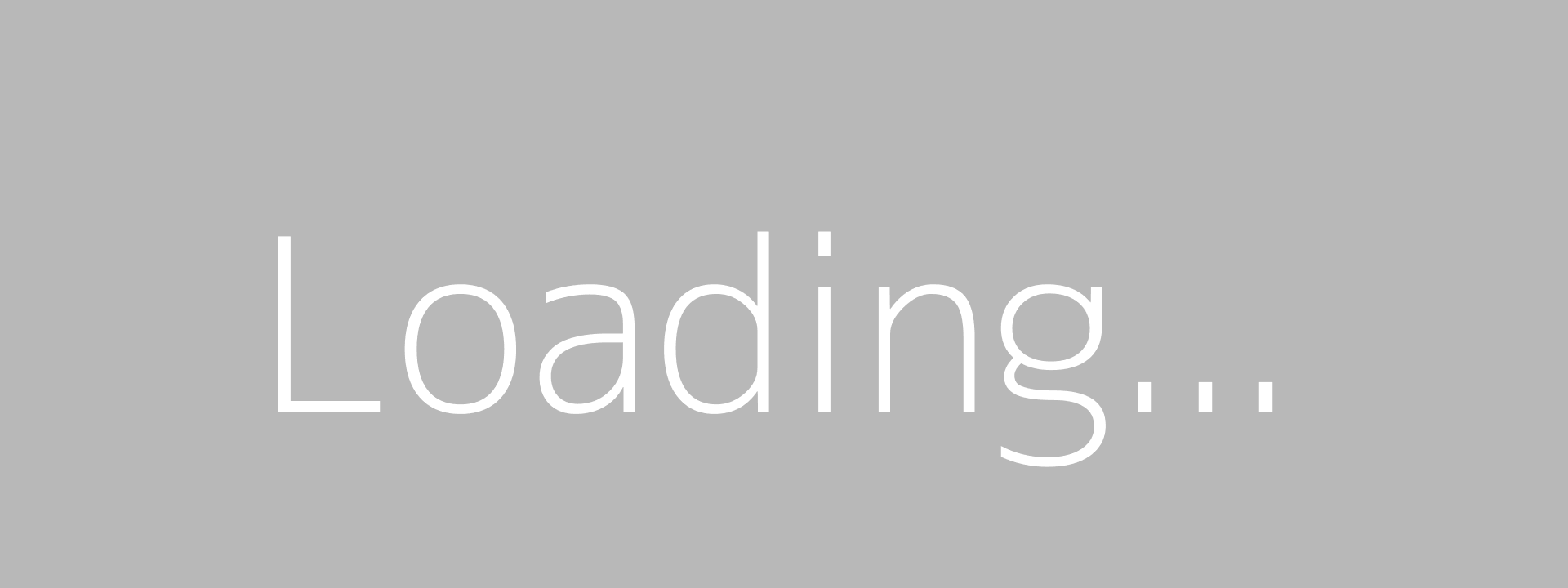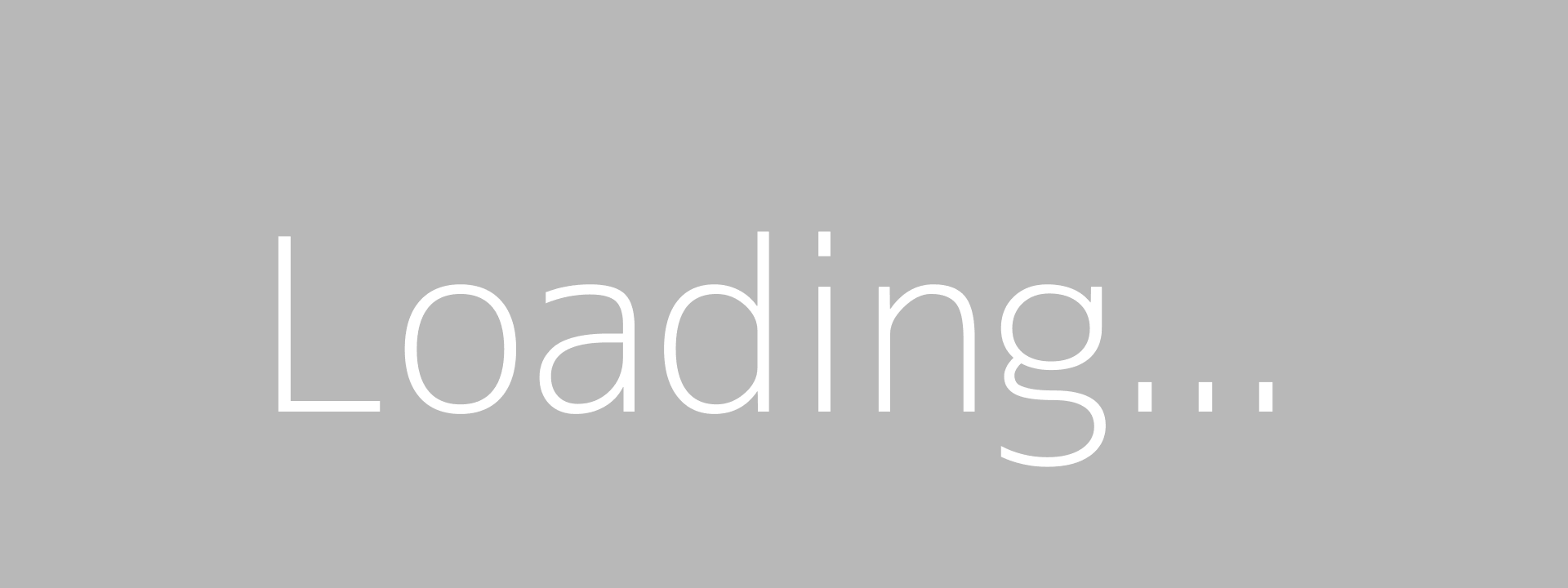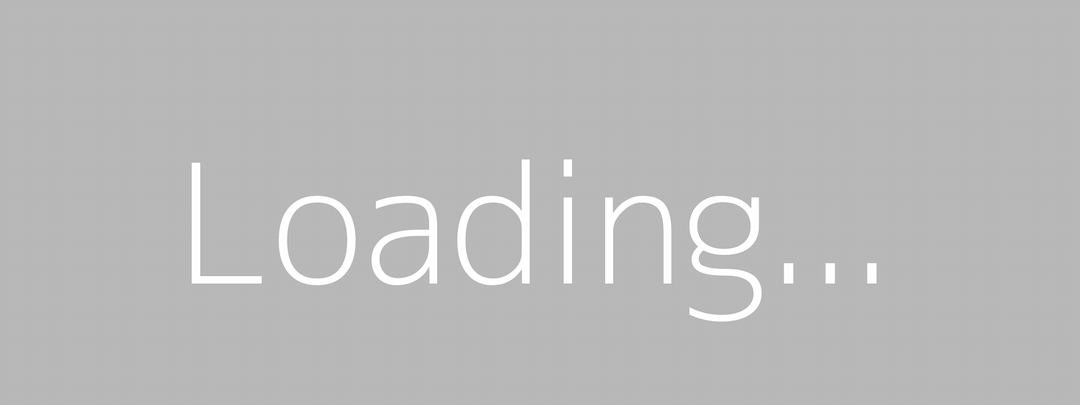5 min read • Published 17 Feb 25
What is a Fixed Deposit?


Table of Contents
The full form of FD is Fixed Deposit, these are bank accounts providing one of the highest interest with a specific lock-in condition. Fixed deposit accounts allow investors to earn interest over their lump sum investments over a long period.
Apart from banks, it is also provided by financial institutions and companies. Therefore, understanding what is the meaning of fixed deposit accounts, their types and interest rate calculation is crucial to deciding about investment. Let’s explore the topic of what is fixed deposit in detail.
How Does an FD Work?
The meaning of fd is constrained to its name, which indicates a fixed maturity for the investment.
- In this, the banker or issuer opens a separate term deposit account.
- Investors make a one-time investment in this account for a specific maturity period.
- This deposit earns interest that is usually higher than other accounts.
- Investors have the option for auto renewal and can also withdraw the investment early with cost of interest.
The interest is earned based on the financial institution’s norms and monetary conditions in the country. FDs are separate accounts in the institutions like:
> Commercial Banks
> Non-Banking Financial Companies (NBFCs)
> Cooperative Banks
> Housing Finance Companies
> Post Offices
However, one should invest in an authorised instrument to avoid the default risk. Individuals with lump sum investment amounts may find FDs a suitable investment avenue.
How is the Interest on FD Calculated?
Investors should be clear about its different aspects, like interest, tenure and other norms. FDs may earn compound simple interest. Its calculations are as follows:
A = Investment Amount
R = Annual Interest rate on FD
T = Tenure of investment in years
- Simple Interest: Investors will get the same interest amount every year.
- Interest = A*T*R/100
- Total Amount = A + Interest
- Compound Interest: Investors get interest over the interest.
- Total Amount = A*(1+R/100)^T
When investors withdraw FDs early, they lose interest in the remaining days of the year. It is calculated by multiplying the annual interest amount, with days remaining divided by 365. This interest may not be competitive with market returns, but they seek to provide an edge of safety.
Who Qualifies to Open a Fixed Deposit Account?
Fixed deposit is a term deposit account facility and it requires fulfilment of some criteria such as:
- Nationality: Regular FD accounts allow resident Indian investors. For Non-Resident Indians, banks may offer separate accounts.
- Age: All investors above 18 can open it. Those below 18 need a guardian or parent’s assistance for the same.
- Senior Citizen FD: It requires depositors to be above 60 years.
Documents Required for Fixed Deposit
To open a FD account in India, you need the following documents:
1. Identity Proof – Identity proof such as an aadhaar card, PAN card, voter ID, passport, driving license or government-issued ID (for government employees)
2. Address Proof – Proof of address such as an aadhaar card, utility bill (electricity, water, gas – not older than 3 months), passport, ration card, or bank statement (with a blank cheque)
3. PAN Card – A PAN card is mandatory for tax purposes.
4. Passport-size Photographs
How to Open a Fixed Deposit Account?
After understanding the full form of FD, what is fd, meaning of fixed deposits and how it works, the next step is to look at the process for opening a fixed deposit account:
Step 1: Choose a Bank or NBFC
Compare FD interest rates, tenure, and terms before selecting where to open your FD.
Step 2: Collect the Required Documents
Ensure you have identity proof, address proof, a PAN card, and a passport-size photograph.
Step 3: Visit the Bank Branch or Online Portal
- Offline: Visit the nearest branch of your chosen bank/NBFC and request an FD application form.
- Online: Most banks offer FD account opening services through net banking or mobile apps.
Step 4: Fill Out the Application Form
Fill out the application form and fill in your details like name, contact information, investment amount, FD tenure, nominee details, etc.
Step 5: Choose Deposit Amount and Tenure
Decide on the amount and the duration of the FD. Also, select the payout option. FDs offer two payout options – Cumulative and Non-cumulative FDs. In cumulative FDs, interest is reinvested and paid at maturity. In non-cumulative FDs, the interest is paid monthly, quarterly, or annually.
Step 6: Make a deposit and Receive FD Receipt & Confirmation
Now the final step includes making the deposit into your Fixed Deposit account and receiving the confirmation receipt.
Features of a Fixed Deposit (FD)
The term deposits have separate features from the regular accounts. Here are some common features of a fixed deposit:
- Fixed returns – They provide security of returns due to lack of market exposure and credibility of facility issuing authority.
- Flexible tenures – It has a very low minimum tenure and can potentially suit investors with different time horizons. The lowest tenure is 7 days.
- Loan facility – Investors can use FD as collateral against the loan.
- Auto Renewal – It is an available option that investors can avail to renew the FDs at the end of the period to avoid missing interest.
- Regular payouts – Investors can get periodic interest payouts.
- Liquidity – Depositors can withdraw the investment amount before maturity, but it may cost them some interest
Common Types of Fixed Deposits
Understanding what is fixed deposits, how they work, and the criteria, investors can explore different types of fixed deposits to select the suitable one. They are categorized based on different aspects as follows:
- Based on Tenure
Depositors have a choice of selecting a Fixed deposit based on the period of time for which they are willing to deposit their money. Based on tenure, FDs can be categorized as:
- Short Term – Maturity of 7 days to 1 year.
- Medium Term – Maturity of 1 year to 3 years.
- Long Term – More than 3 years FD.
- Based on Amount
Based on the amount of funds being deposited into an FD, it can be classified as:
- Regular – Relatively a regular and small amount FD.
- Jumbo – It may have deposits in lakhs or more.
- Based on Depositor
Depositors also get flexibility in whether they want to deposit their money alone or jointly with some other person. Based on depositor type, FDs can be categorized as:
- Individual – These have a single depositor.
- Joint – They may allow two or more people to invest.
- Other Types
Here are some more types of fixed deposits:
- Cumulative vs Non-Cumulative – In the earlier types, interest is paid at the end of tenure, while in the latter form, the interest is paid regularly.
- Senior Citizen – People aged above 60 years can invest in them.
- NRIs Fixed Deposit – The investors falling in the legal definition of NRI can invest in this type.
- Flexi FDs – Depositors can withdraw part funds from FD in this type.
- Corporate FDs – These are issued by the companies.
- 5-year Tax saving FD – They offer deduction under section 80C of the Income Tax Act, 1961.
Note: The minimum investment, tenure, interest rates, and other regulations may differ for every institution. Investors should inquire about them carefully before investing.
Advantages and Disadvantages of Fixed Deposits
After understanding the fixed deposit meaning, evaluate the pros and cons of fixed deposits to get a holistic view of this instrument.
| Advantages of Fixed Deposits | Disadvantages of Fixed Deposits |
| Safety of returns due to institutions, like banks and NBFCs. Suitable for risk-averse investors. | The fixed term may hinder the investment as early maturity attracts a penalty in the form of interest. |
| Tax deduction with some types of FDs. | Rigid interest rates. The market offers better alternatives for it. |
| Loan facility against FDs. | All regular FD types attract tax liability. |
Tax Implications on Fixed Deposits
Tax implication is a crucial aspect of fixed deposit interest and the investment amount. Generally, the interest earned on fixed deposits is taxable under the head of ‘Income from Other Sources’. Other than that, fixed deposit taxation is as follows:
Tax Deducted at Source (TDS)
Here, the depositors should note that banks or financial institutions issued fixed deposit accounts are the source of their interest. They deduct 10% TDS under section 193. This rate becomes 20% when the depositor does not have a PAN card. One can submit forms 15G or 15H if their total income is below taxable limits. Also, depositors can claim it while filing their income tax returns.
Conclusion
Many new-generation investors may not be familiar with what is fixed deposit account or even the fds full form. However, this blog on what is fd can provide them with potential insights about the investment instrument and help them evaluate it holistically. They may not have returns linked to the markets, but their safety makes them a significant diversification option.
